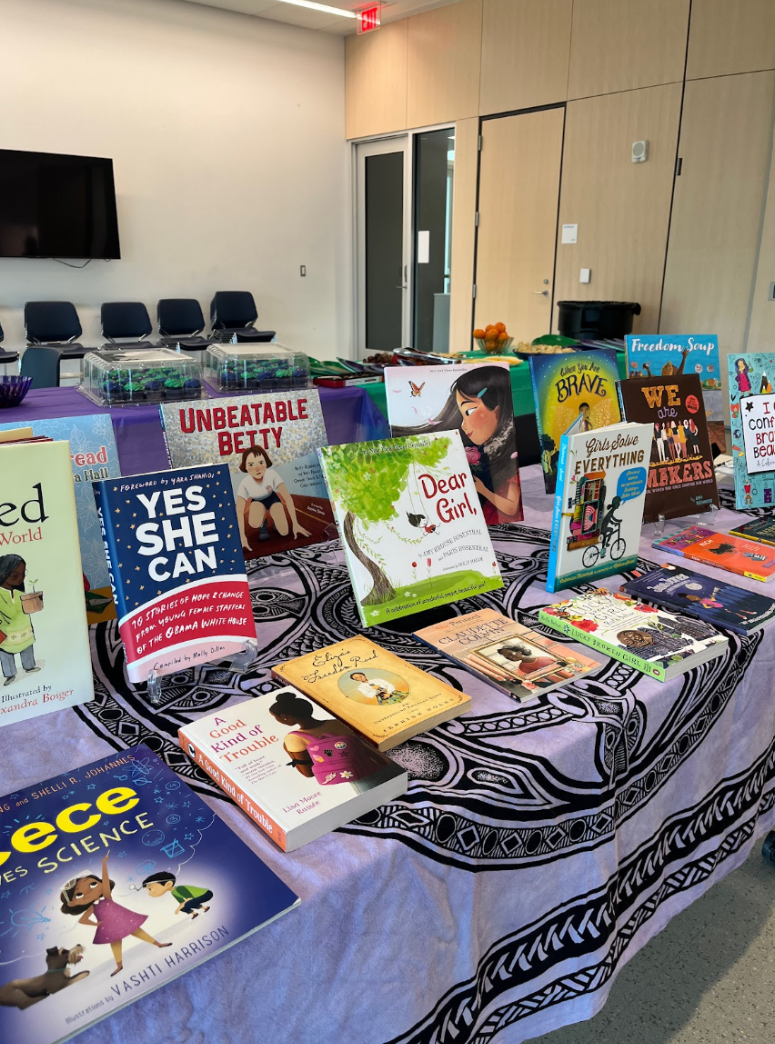
Religious Studies department chair and Political Science professor Elizabeth Shakman Hurd held a book panel on May 21, hosted by the Buffett Institute for Global Affairs. The panel addressed her newest book, Heaven Has a Wall: Religion, Borders, and the Global United States, which is set to be released in June.
Hurd’s book is “an urgent exploration of borders as sacred objects in American culture,” according to its publisher The University of Chicago Press.
Hurd is a scholar of political theory, religious studies, and American and global politics, focusing on the intersections of religion and politics. She was joined on the panel by Barbara Sostaita, assistant professor of Latin American and Latino Studies at UIC, and Northwestern Political Science graduate student Emma Davis.
Hurd’s book explores the ways in which borders serve as both religious and political objects. She argues that Americans share a bipartisan border religion that includes collective reverence for national security and a liturgy for religious and political asylum.
“U.S. borders have always been present and absent, allowed and deferred,” Hurd said. “It is a site of retrenchment and transcendence, enforcement and erasure.”
Each chapter of the book takes on a different aspect of U.S. borders: creation, enforcement, suspension and refusal. The chapters alternate with short interludes that each tell a story.
“This book is such a huge gift to all of us,” Davis said. “It showcases and transcends what an academic book can be.”
She said international relations scholarship has shown how sovereign overreach reinforces global hierarchies that themselves have origins in colonialism and imperialism. Davis said Hurd’s analysis of sites like Guantanamo Bay “powerfully” illustrate this extraterritoriality, including its religiosity and often accompanying violence.
The panelists and attendees drew particular attention to the separate sections of Hurd’s book that focus on what she calls ‘AmericaIsrael’ and the Santa Muerte, a folk saint of death.
Sostaita said the book is “rich and interdisciplinary.” She said Hurd explores the concepts of salvation, redemption, visceral nationalism and transcendence throughout her book.
“In vignettes that include examples like the fortification of borders in the Sonoran desert and the suspension of borders when it comes to the United States’ commitment to Israel, Hurd traces the contradictions and ambiguities of borders,” Sostaita said.
Hurd drew inspiration from the phrase “Heaven Has a Wall” for the the title of her book. The phrase is used by Robert Jeffress, a Baptist preacher in Texas and an outspoken anti-immigration advocate. Hurd took it in a different direction.
“This to me was something that allows me to subvert that whole narrative and make other kinds of suggestions about what it might mean as a phrase,” Hurd said.
The title prompted discussion and interpretation during the Q&A session, leading to a conversation about the religious idea of “the saved and the damned.”

Hurd said the promotion of international religious freedom is one of the vehicles that is employed in order to endow the U.S. with this understanding of itself as the sovereign that saves. She said the U.S. “saves” via the unilateral imposition of what the government defines as religious freedom.
She told the attendees they could learn more about this concept in her other book, which she “affectionately” refers to as BARF – a playful nod to her 2015 book, “Beyond Religious Freedom.” Her remark sparked laughter among the audience.
Just as she reframed her own work, she also opened the floor to a reconsideration of borders. Hurd framed borders not just as strict sites of control, but as spaces with a range of deeper meanings.
Hurd said people often talk about the border as a site of politics, regulation, violence, checkpoints and law. But, she added, other aspects of it are equally important, stating that borders are sites of enchantment, salvation, commitment, affect and redemption.
Hurd’s book cover showcases artwork of footprints crossing in concrete, featured in the Mariposa Land Port of Entry which is located between Arizona and Mexico. Hurd said this artwork, some of which is created by non-American born individuals in a location with so much border enforcement and surveillance, speaks to the complexities of this topic.
“I’m hoping that the title in that sense will be as generative as the public art with the footprints was for me,” she said. “I think there could be a lot of interpretations, and hopefully it’s a way to get people thinking about these issues.”



